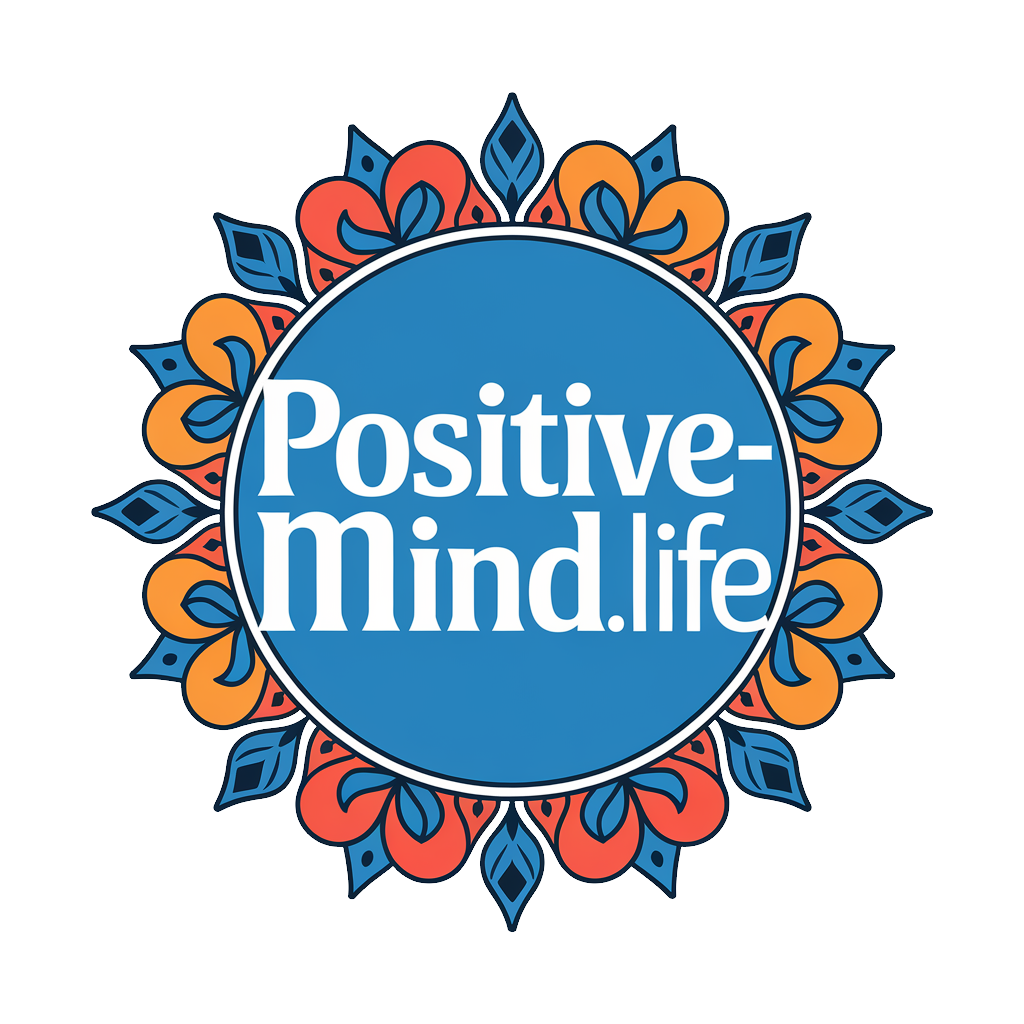How to Create a Gratitude Journal That Will Change Your Life!
To create a gratitude journal that truly changes your life, start by choosing a journal that resonates with you. Set aside a specific time each day to write, even if it’s just a few minutes. Focus on simple prompts or reflect on positive experiences and blessings. Don’t stress over perfection; authenticity is key. Celebrate your progress and revisit your entries to enhance appreciation. Make it a habit by keeping your journal accessible and incorporating it into your routine. With each entry, you’ll shift your mindset positively, and there’s so much more to explore as you embark on this journey!
Key Takeaways
- Start with a daily routine, dedicating time each morning or evening for reflection and appreciation to set a positive tone for your day.
- Choose a journal that resonates with you, considering size, portability, and personalization to enhance your commitment to journaling.
- Use simple prompts or specific themes, such as acts of kindness or personal achievements, to guide your reflections and stimulate deeper appreciation.
- Reflect on your entries weekly to celebrate progress and recognize the positive changes in your mindset and emotional well-being.
- Incorporate visual elements like drawings or photos to enrich your journaling experience and make it more engaging and enjoyable.
Understanding Gratitude Journals
A gratitude journal is more than just a notebook; it’s a powerful tool that can transform your mindset and enhance your well-being. By understanding gratitude definitions, you’ll discover that gratitude is not just about saying “thank you”—it’s a profound appreciation for the positive aspects of your life. This recognition can shift your focus from what you lack to what you have.
When exploring journal styles, you’ll find various approaches that resonate with you. Whether you prefer a structured format that prompts specific reflections or a free-form style that allows your thoughts to flow, the key is consistency. Each entry can be a moment of mindfulness, connecting you to your experiences and feelings.
Consider setting aside a few minutes each day to jot down what you’re grateful for. This practice helps cultivate a habit of appreciation, fostering resilience in challenging times. Remember, your gratitude journey is personal and unique. Embrace the process, and soon you’ll notice a shift in how you perceive the world around you. Start today, and watch as your gratitude journal becomes a catalyst for a deeper sense of fulfillment and joy.
Benefits of Keeping a Journal
Keeping a journal can significantly boost your mental well-being, helping you to process emotions and find peace in your thoughts. As you write, you’ll notice improved focus and clarity, allowing you to tackle challenges with a fresh perspective. Embrace this simple practice, and watch how it transforms your daily life!
Enhanced Mental Well-Being
The transformative power of gratitude can significantly enhance your mental well-being when you commit to journaling your thoughts and experiences. By incorporating mindful practices into your daily routine, you’ll cultivate emotional resilience and a more positive outlook on life. Your gratitude journal becomes a sanctuary where you can reflect on the blessings, big and small, that enrich your days.
Here are some ways journaling can boost your mental well-being:
- Increases Self-Awareness: Regularly reflecting on what you’re grateful for helps you understand your values and priorities.
- Promotes Positive Thinking: Focusing on the good shifts your mindset and diminishes negative thoughts.
- Reduces Stress: Expressing gratitude lowers stress levels and helps you cope with challenges more effectively.
- Enhances Emotional Resilience: Acknowledging your blessings strengthens your ability to bounce back from setbacks.
- Encourages Mindfulness: Engaging in this practice cultivates a present-focused mindset, fostering a deeper appreciation for life’s moments.
Embrace the journey of gratitude journaling—it’s a powerful step toward nurturing your mental well-being and unlocking your fullest potential.
Improved Focus and Clarity
With a gratitude journal in hand, you can sharpen your focus and gain clarity in your thoughts. By engaging in mindful reflection, you create a dedicated space to pause and appreciate the present moment. This practice allows you to sift through daily distractions and hone in on what truly matters, fostering a sense of purpose.
When you commit to writing in your gratitude journal, you’re not just listing what you’re thankful for; you’re also activating cognitive engagement. This active participation stimulates your brain, leading to improved problem-solving skills and decision-making abilities. As you articulate your thoughts, patterns and insights begin to emerge, enhancing your understanding of yourself and your environment.
The more you practice this form of reflection, the more adept you become at recognizing your priorities. Over time, you’ll notice a shift in your mental clarity, enabling you to tackle challenges with confidence and focus. Remember, your journey towards mastery starts with small, consistent steps. Embrace the power of your gratitude journal, and watch how it transforms your focus and clarity, allowing you to live a more intentional and fulfilling life.
Choosing the Right Journal
When choosing the right gratitude journal, think about what fits your lifestyle best. Consider the size and portability so you can easily carry it with you, and pay attention to paper quality for a smooth writing experience. Don’t forget to explore personalization options that make your journal uniquely yours, enhancing your journey of gratitude.
Size and Portability
Choosing the right size and portability for your gratitude journal can make a world of difference in your practice. A journal that fits seamlessly into your life encourages consistency and reflection no matter where you are. Opt for a compact design that’s easy to carry, allowing you to jot down your thoughts whenever inspiration strikes.
Here are some tips to help you choose the perfect journal:
- Travel Friendly: Look for a lightweight option that fits easily in your bag.
- Flexible Size: Consider various sizes, from pocket-sized to A5, depending on your preference.
- Durability: Choose materials that withstand daily wear and tear, especially if you’re on the go.
- Binding Type: Think about spiral-bound versus hardcover; each has its own benefits for portability.
- Personalization: Select a design that resonates with you, making it more inviting to write in.
Paper Quality Matters
The type of paper in your gratitude journal can significantly enhance your writing experience. Choosing the right paper types isn’t just about aesthetics; it’s about how you feel as you write. High-quality paper can elevate your thoughts, making each stroke of the pen a delight rather than a chore.
When selecting your journal, consider the weight and texture of the paper. Thicker, smooth paper allows for easy gliding of your pen, minimizing ink bleed-through and feathering. This creates a clean, enjoyable writing surface where your reflections can flow freely.
Additionally, think about the finish of the paper. Whether you prefer a matte or glossy feel, the right texture can set the tone for your gratitude practice. You want a surface that invites creativity and contemplation, making each entry feel special.
Investing in quality paper isn’t just a luxury; it’s a commitment to the process of gratitude. As you pen down your thoughts, the right paper will inspire you to explore deeper emotions, reinforcing the transformative power of your gratitude journal. So, choose wisely—your writing experience deserves it!
Personalization Options Available
Personalizing your gratitude journal can transform it from a simple notebook into a cherished companion on your journey of reflection. By choosing the right journal, you’ll find it easier to commit to the practice and make it uniquely yours.
Consider these personalization options to enhance your experience:
- Cover Custom Designs: Choose a design that resonates with you, whether it’s a calming landscape or an inspiring quote.
- Themed Entries: Organize your entries around specific themes, like gratitude for nature or personal growth, to add depth to your reflections.
- Color Coding: Use colored pens or markers to symbolize different feelings or experiences; this can help visually organize your thoughts.
- Incorporate Art: Add doodles, stickers, or photographs that bring joy to your pages and make your journal visually engaging.
- Personalized Prompts: Create or find prompts that inspire you to dig deeper into your gratitude practice, allowing for richer entries.
Setting a Daily Routine
Establishing a daily routine for your gratitude journal can transform your practice into a meaningful ritual. By incorporating it into your morning rituals, you set a positive tone for the day. As you sip your coffee or enjoy a quiet moment, take a few minutes to jot down what you’re grateful for. This simple act can ignite a sense of purpose and clarity, helping you focus on what truly matters.
Equally important are your evening reflections. Before you drift off to sleep, revisit your day and acknowledge the moments of joy and gratitude. This practice not only fosters a sense of closure but also encourages a mindset of appreciation as you prepare for rest.
Consistency is key. Designate specific times for your journaling—perhaps right after waking up or just before bedtime. This commitment reinforces the habit, allowing gratitude to seep into your daily life. Remember, it’s about quality, not quantity. Even a few poignant phrases can hold immense power. Embrace this routine, and watch how it cultivates a deeper connection to gratitude, enriching your life in ways you never imagined.
What to Write About
Often, finding inspiration for your gratitude journal can be as simple as tuning into your daily experiences. It’s essential to embrace the little things that often go unnoticed. By using gratitude prompts and reflection techniques, you can deepen your appreciation for life. Here are some ideas to get you started:
- Acts of kindness: Recall a moment when someone made your day brighter.
- Nature’s beauty: Describe a beautiful scene you encountered, whether it’s a sunset or a blooming flower.
- Personal achievements: Reflect on a challenge you overcame recently and how it made you feel.
- Relationships: Write about a meaningful conversation or connection with a friend or family member.
- Self-care: Acknowledge the time you dedicated to your well-being, whether it was a good book or a relaxing bath.
Overcoming Common Challenges
When you sit down to write in your gratitude journal, you might sometimes feel overwhelmed by the pressure to find the perfect words. Remember, it’s not about perfection; it’s about authenticity. To overcome procrastination, set a specific time each day dedicated to your journaling. Treat it like an appointment with yourself, making it a non-negotiable part of your routine.
Dealing with distractions can be challenging, but you can create a focused environment. Choose a quiet spot, turn off notifications, and consider using apps that limit your screen time. This helps you immerse yourself fully in the process, allowing genuine thoughts to flow.
If you find your mind wandering, try starting with simple prompts like “I’m grateful for…” or “Today was special because…”. These can help you regain focus and stimulate your creativity.
Making It a Habit
How can you turn gratitude journaling into a daily habit that truly enriches your life? The key lies in habit formation and consistency. Start by setting aside a specific time each day—perhaps in the morning or before bed. This creates a routine that your mind and body will come to recognize.
To make it even easier, use daily reminders. Set alarms on your phone or place sticky notes in visible spots to nudge you toward your journaling practice. Here are some tips to help you solidify this habit:
- Choose a dedicated journal that inspires you.
- Keep your journaling materials accessible and ready to use.
- Start small; write just one or two things you’re grateful for each day.
- Reflect on your entries weekly to deepen your appreciation.
- Celebrate your progress; recognize the effort you’re making.
Frequently Asked Questions
Can I Use a Digital Format for My Gratitude Journal?
Absolutely, you can embrace digital tools for your gratitude journey! Journaling apps offer convenience and creativity, allowing you to reflect and celebrate life’s blessings anytime. Dive in and discover the joy of modern gratitude.
How Long Should I Spend Writing in My Journal Daily?
You should spend about 10 to 15 minutes daily writing in your journal. Try different writing techniques, like lists or reflections, to discover what resonates with you, enhancing your gratitude practice and personal growth.
Is It Okay to Miss Days in My Journaling Practice?
It’s completely okay to miss days in your journaling practice. Life happens! Focus on maintaining journaling consistency over time. Embrace those missed days as part of your journey, and keep moving forward with renewed enthusiasm.
Can Gratitude Journaling Help With Anxiety and Depression?
Can you imagine a tool that boosts your mental health? Gratitude journaling fosters positive thinking, helping you combat anxiety and depression. By focusing on what’s good, you empower yourself to thrive amidst challenges.
What if I Struggle to Find Things I’m Grateful For?
If you struggle to find things to be grateful for, use gratitude prompts to spark your thoughts. Overcoming negativity takes practice, but each small acknowledgment can lead you toward a more positive and fulfilling perspective.





